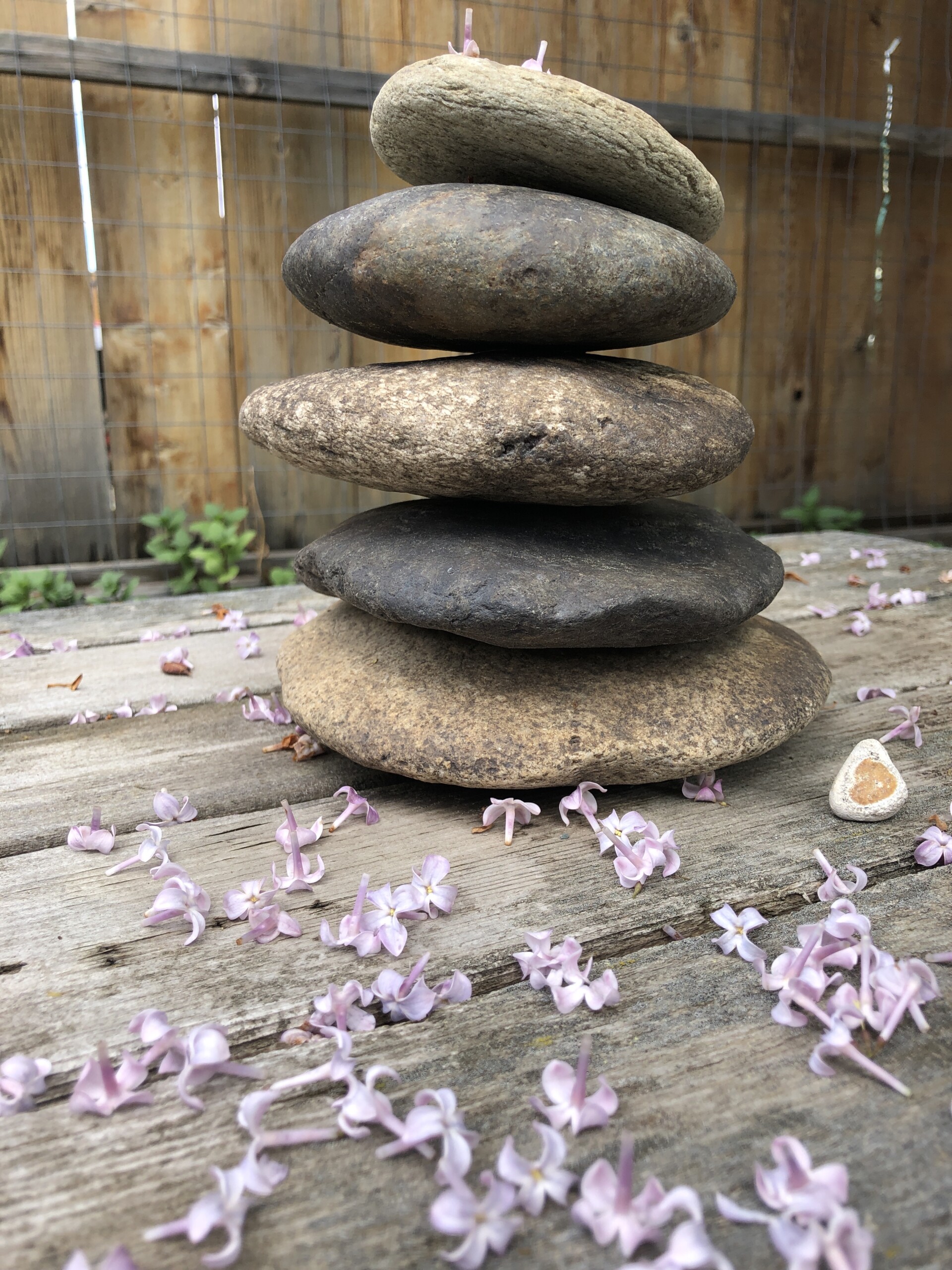Finding a Balance with Qigong

Photo by Lesli Christianson-Kellow
What is qigong (pronounced Chi-gong)? Qigong is an ancient Chinese practice of meditation and movements used to balance your body’s energy. The practice of qigong works to activate acupressure points, meridian points and organ systems through general or targeted movements, with the flow of energy throughout the body being the focus.
In qigong, rather than focusing on physical symptoms, the focus is on balancing your whole body’s energy system (chi). For example, you may have a headache, but because the headache may be caused by any number of causes – stress, a knot in your back, a cold – by practicing a few qigong movements that focus on clearing any energy blockages is a practical place to start.
Energy isn’t labelled ‘good’ or ‘bad’. There may simply be too much energy in one area of your body and not enough energy in another area. This unbalance can show up as physical and/or mental issues (A headache, for example). A qigong practice helps to restore, redistribute or eliminate excess energy, benefiting your whole body.
I was first introduced to qigong through my Aunt G. She had been going to a regular qigong practice and workshops for a few years. One day she called me and was really excited because the Qigong Master of her practice group, who lived in the United States, was coming to Calgary.
At the time he had only been to Calgary one other time. My Aunt wanted me to go with her to a special Qigong class led by her Qigong Master at the Knox United Church. I didn’t know a thing about qigong, but being open to new ideas, I agreed to go.
On the day of the event, I entered the room and literally felt the energy and excitement in the room. I made my way to where my Aunt was talking to friends that she had made in the qigong workshop earlier that day. My Aunt introduced me and I was warmly welcomed into their circle.
Soon the lights dimmed and the qigong master appeared at the podium. I had to admit, the qigong master seemed to radiate light, especially when he smiled. He was genuinely happy to be there with us. As he began to talk, everyone in the room became silent and he shared his story of discovering the power of qigong. He told us that he had suffered a severe knee injury while playing basketball and wasn’t able to play anymore because he was in constant pain. He tried everything to address the pain.
His journey from doctor to doctor to find a solution eventually led him to discover qigong. He knew of qigong, but he had never practiced it. He went to listen to a master speak about qigong. He was physically affected by the experience and was amazed that his pain had been lessened. It was a life-changing experience for him. He studied for years to become a qigong master. Eventually, adapting the practice so that it was accessible for everyone to learn and practice qigong.
After that night, I started practicing qigong mainly because I liked the idea of working with energy. The movements that I initially learned were very slow and easy and had a meditative quality. Maybe you’ve seen someone practicing tai chi? Qigong has a similar slow style to it. Along with being peaceful, the movements help to promote mental focus and reduce stress.
The movements, meant to be practiced regularly are just one aspect of qigong. There are a variety of breathing patterns and visualization is also used to envision where and how the energy is flowing in your body. Visualizing a healthy and strong body on a regular basis is important. It has been scientifically proven that the brain cannot tell the difference between imaginary and real experiences.
There are a number of qigong practice groups in the city. I encourage you to give it a try. Feel free to email me any questions you may have about qigong or other topics covered in my previous columns at leslic.kellow@gmail.com .
